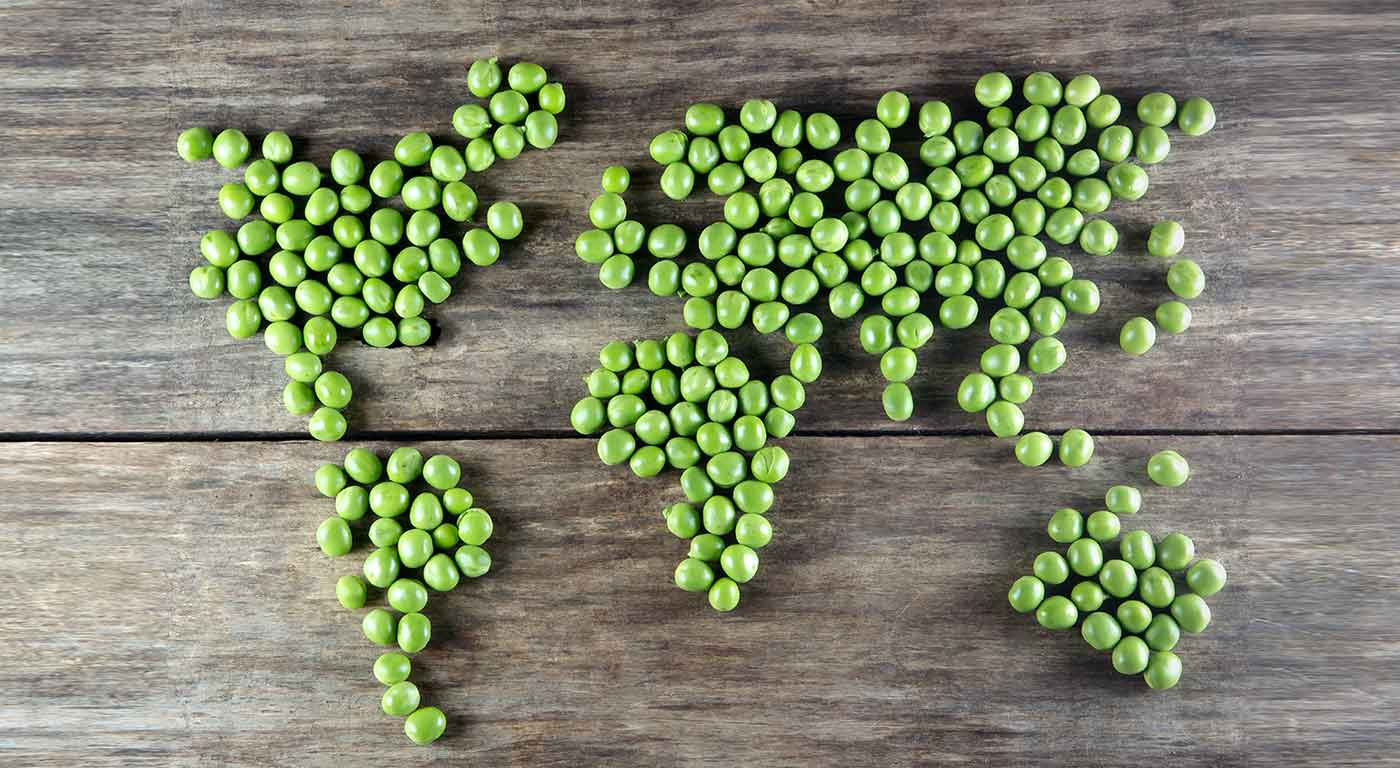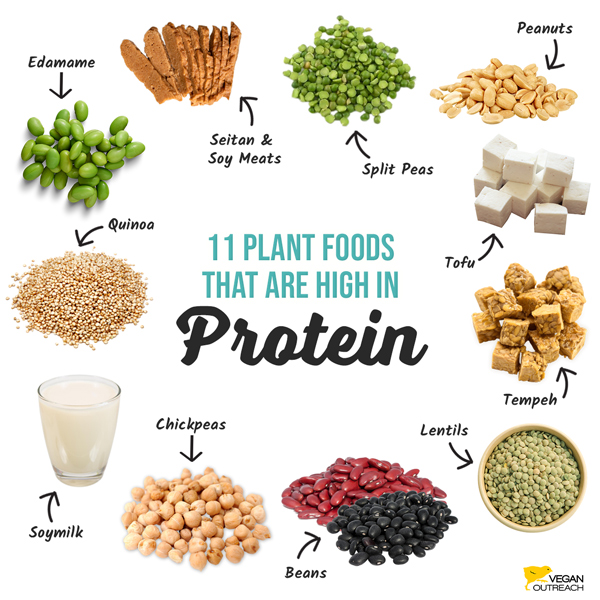
Whole foods are food that has not been processed in any way. Whole foods are free from added sugars, starches, or artificial colors and flavors. These foods are considered a way and not a diet. They are also the most nutritious. You can find a list of whole foods in your local grocery store.
Whole foods are either unprocessed, or minimally processed
Whole foods include foods that haven't been heavily processed, and are as natural or as close to their original state as possible. These foods usually contain few or no additives and are high in nutritional value. These foods are healthier for you and your family because they are close to their natural state. The shelf life of food is increased and the nutritional value is enhanced by minimal processing. This covers both raw foods, like fruits, vegetables, as well food staples such as nuts, seeds, and legumes.
High-processed foods include meat, poultry and dairy. These foods might contain hormones and antibiotics. Some people don't eat meat and poultry. Some people prefer to soak dried beans rather than canned beans. Whole foods are a great option, whether you want to eat a healthier diet or control your appetite.
They are made from plants and animals that have undergone minimal processing.
Although processed foods are more common than whole foods, they are often better for your health and are healthier than those that have been processed. Whole grains, beans, fruits, and vegetables are preserved in their natural state. They are also easy to find and require minimal preparation.

The United States has a safe food supply. Many food products are derived directly from plants. This is because most plants are widely used, and their safety has been determined over centuries of usage. But, safety tests for newer varieties of plant are not done routinely. Some plant varieties have been tested for harmful substances such as solanine and glycoalkaloids. Plant breeding techniques that have been established for many years rely on quality and wholesomeness as well as agronomic attributes to ensure safety.
They are free from added sugars, starches, artificial flavors, and preservatives
Whole foods refer to foods that haven't been processed or reformulated. These foods are naturally rich sources of vitamins, minerals, fiber, and other nutrients. Whole foods have fewer artificial flavors, preservatives and added sugars. A diet containing whole foods is more healthy than one that includes processed foods. Read food labels to make sure you are getting the right amount of nutrients.
Some prepackaged produce might contain additives to preserve freshness or color. Raw nuts and seeds are a good alternative if you are trying to avoid preservatives. You can often find them in the bulk bins next to the produce section or in a separate section of the store. The meat and seafood counters are likely to have more processed items than the produce section. Avoid prepackaged meats and processed cheese.
They are an integral part of everyday life
Whole foods are an excellent way to provide a variety of essential nutrients. They are high in nutrients and contain micronutrients, such as iron and folate. Combining whole grains with fruits can increase iron absorption.
Whole foods also emphasize fresh, organic food. These include fruit, vegetables, and nuts. The diet also avoids prepared foods, which typically have additives, artificial flavors, and preservatives.

They offer a healthy balance of nutrients
Whole foods are an excellent way to get started on a healthier lifestyle. They contain fiber, vitamins and minerals. They also contain phytochemicals (a group of natural substances that are found in plants). These substances can help the body in many different ways. Many of these substances are antioxidants that protect cells against damage. These phytochemicals include flavonoids and carotenoids as well as lycopene.
Studies on individual nutrients have revealed the beneficial effects of whole foods on health. These studies also highlight the importance of nutrient interactions. These interactions allow us to determine how much of each nutrient is in particular foods and how easy it can get absorbed into the body. The highest nutrient content is found in milk and vegetables as well as fruits.
FAQ
Exercise: Is it good or bad for immunity?
Exercise is good for your immune systems. When you exercise, your body produces white blood cells which fight off infections. You also get rid toxins. Exercise can help you avoid heart disease and other illnesses like cancer. It also reduces stress levels.
Exercising too often can cause your immune system to be weaker. If you work out too hard, your muscles become sore. This can lead to inflammation and swelling. In order to fight off infection, your body must produce more antibodies. The problem is that these extra antibodies can cause allergies and autoimmune disorders.
So, don't overdo it!
How often should you exercise?
Fitness is key to a healthy lifestyle. However, there isn't a set amount of time you must spend working out. The key is to find something that you enjoy and to stick with it.
It is a good idea to exercise at least three times per week. Then, you should aim to do between 20 and 30 minutes of moderate-intensity activity. Moderate intensity is when you still have to breathe hard after the workout. This type of exercise burns approximately 300 calories.
You can walk for 10 minutes every day if that is what you prefer. Walking is low in impact and easy for your joints.
You can also run for 15 minutes, three times per week. Running is a great exercise to build muscle tone and burn excess calories.
Start slowly if you aren't used to doing exercise. Begin by doing 5 minutes of cardio each day, a few times per week. Gradually increase the duration until you reach your goal.
What are the 7 best tips for a healthy and happy life?
-
Take care of your health
-
Exercise regularly
-
Good sleep
-
Drink plenty of water.
-
Get adequate rest
-
Be happy
-
Smile often
How to measure body fat?
A Body Fat Analyzer is the best way to measure body weight. These devices measure the body fat percentage in people who wish to lose weight.
What is the difference between calories and kilocalories?
Calories are units that measure the energy content of food. Calories is the unit of measurement. One calorie is equal to one degree Celsius in energy.
Kilocalories are another way to describe calories. Kilocalories can be measured in thousandsths of one calorie. 1000 calories is one kilocalorie.
Why does weight change as we age?
How can you determine if your bodyweight is changing?
When there is more muscle mass than fat, weight loss can occur. This means that you must consume more calories than you use daily. Activity levels are the most common reason for weight loss. Others include pregnancy, hormonal imbalances or certain medications. When there is more fat than muscles, it's called weight gain. It occurs when people eat more calories each day than they use. Overeating, increased physical activity and hormonal changes are all common reasons.
We consume fewer calories that we burn. This is why we lose weight. The main reason we lose weight is because we exercise more often. This increases our metabolism rate and burns more calories each day. However, this doesn't mean that we'll necessarily get thinner; what matters is whether or not we're losing fat or gaining muscle. We will lose weight if we burn more calories than we consume. However, if we consume more calories than we burn, we end up storing them as extra fat.
As we age, our ability to move around is slower and we are less mobile. We also tend not to eat as much food as we used to when we were younger. Also, we are more likely to gain weight. On the flip side, we tend to have more muscle mass so we look bigger than we really are.
Without regularly weighing yourself, it's impossible to determine how much weight has been lost. There are many ways you can measure your weight. You can check your waist size, your hips, your thighs, your arms, etc. Some prefer to use bathroom weights, others prefer tape measure.
To track your progress, weigh yourself once a week. Measure your waistline once per month. To see how far you have come, you can take photos of yourself every few month.
Online measurements of your height, weight and body mass can help you determine how much. If you are 5'10" tall, and you weigh 180 lbs, then you would probably weigh 180 lbs.
Statistics
- WHO recommends reducing saturated fats to less than 10% of total energy intake; reducing trans-fats to less than 1% of total energy intake; and replacing both saturated fats and trans-fats to unsaturated fats. (who.int)
- WHO recommends consuming less than 5% of total energy intake for additional health benefits. (who.int)
- Extra virgin olive oil may benefit heart health, as people who consume it have a lower risk for dying from heart attacks and strokes according to some evidence (57Trusted Source (healthline.com)
- nutrients.[17]X Research sourceWhole grains to try include: 100% whole wheat pasta and bread, brown rice, whole grain oats, farro, millet, quinoa, and barley. (wikihow.com)
External Links
How To
How to live a healthy lifestyle
Healthy living is a lifestyle that helps you maintain your weight, good health, and your fitness. It involves living a healthy lifestyle, which includes exercising regularly, eating well, and staying away tobacco, alcohol, and other drugs. Healthy lifestyles help you to feel great about yourself, stay active, and be healthy. A healthy lifestyle can help reduce your risk of developing chronic diseases such as heart disease, strokes, diabetes, cancer and osteoporosis.
This guide will help you live a healthier, more fulfilling life. The introduction was the first portion of the project. It describes the benefits of living a healthy life, what it means, and who we should be. Next, I wrote the body paragraphs. These include tips and tricks for maintaining a healthy lifestyle. Finally, I wrote my conclusion. It summarizes the entire article and gives additional resources if required.
I was able to learn how concisely and clearly I could write my paragraphs through this assignment. Also, I learned how to organize my ideas into topic sentences and supporting details. Moreover, I improved my research skills because I had to find specific sources and cite them properly. I also learned how to write with proper grammar.